There has been a lot of chatter in the news and social media this week about lead in insulated metal water bottles. I wanted to take the opportunity to talk about lead and other chemical testing we do to ensure Bivo bottles provide you with a safe drinking experience. But before I begin, rest assured, let me just say that Bivo bottles contain NO LEAD.
We started Bivo with a desire to drink out of fewer plastic bottles . And that all stemmed from not wanting to feed our daughter, Svea, out of plastic. She had just been born when we came up with the idea to create a metal bottle that would work for cycling, and we wanted to make sure we were avoiding things that could negatively impact her health. I also grew up on the east coast where many of the older homes contained lead paint. I actually said to Robby the other day when talking about an old house near us that needs to be remodeled – “Wow, lead paint was a real fuck up. I wonder what our kids will say about what we made that they will think was really stupid.” Without even giving him time to answer, I said, “Well, probably plastic.”
Anyway, back to the point. As I said in the beginning, there is NO LEAD on or in any Bivo bottles. And believe me, it would have been easy to use. It’s cheaper and often the default option. On vacuum sealed bottles, there is a glass bead that is used to seal the vacuum on the bottom of the bottle, typically placed underneath a little metal disk or paint. Both these options help cosmetically, but they also help cover the bead that often contains lead. The glass bead used in our bottles contains NO LEAD.
I would like to give a shout out to HydroFlask – admittedly a competitor of ours – for paving the way for safer water bottle manufacturing. They found out early in their days (2012) that their beads had lead. At the time, there wasn’t an alternative and they worked hard with their suppliers to find one. The non-leaded glass bead is $.16 more per bottle than the leaded bead. That’s it. I know that adds up, but if you start early by making the right choice, that dictates important decisions across the board. Many will say that because the metal disk or paint covers the leaded bead, it won’t expose people to lead. What happens when the paint chips off or the metal disk comes loose? I have a two year old and he still licks far too many things. And what about the people making the bottles?
If you're only concerned (right now) about lead in your bottle, then you can stop reading right here. But if you'd like to nerd out and read about the other chemical compounds we test for, read on ... because there are many chemical compounds in water bottles to be concerned about besides lead.
There are many chemicals in water bottles to be on the lookout for besides lead, and we test for many of those compounds as well. Before starting Bivo, Robby and I owned a footwear development agency. We worked with a variety of brands on manufacturing and were exposed to chemical testing plans for several brands. We knew when we kicked off Bivo that we wanted to test to the highest standard possible. We were making Bivo to be a healthier solution, so we wanted to exceed U.S. standards and even do voluntary tests to make sure we were bringing the safest bottles to market. This amount of testing is expensive, but it is a choice we stand behind and are proud of. Curious what those chemicals are? Here is a list of some of the well known chemicals we test for (there are many many more that we test for, but I think this gives you a good start at understanding our process):
BPA, BPF & BPS – We are 100% free of all of these bisphenols (which are linked to a host of negative health effects).
LFGB Compliant Silicone – Our nozzle, straw and o-rings are made from food grade silicone. We are only required to do one test, but we opted to do the more in-depth testing, which is 7 tests in total. (LFGB is the equivalent of FDA in Europe, but the testing standards are much more stringent.)
Phthalates – These endocrine disruptors could be found in the lid and in the silicone, so we test for them in every new color and material introduced (our tests show none are found on our bottles).
Heavy metals (such as Cadmium) - This metal can be found in the lid and silicone and is a known cancer causing agent. Our test results show that there is no trace found in any part of our bottles.
PFAS - The forever chemicals. We have tested the components of our bottles that would potentially have PFAS in them, and they have all tested negative. We are now testing all other components, accessories, and packaging just to be 100% sure there is no PFAS in unexpected places.
REACH is the European standard of testing, which is what we have done instead of only passing Prop 65, which is the U.S. standard. REACH is a much more robust testing list and has stricter limits, so we wanted to use that as a Bivo baseline right off the bat. By passing REACH, we inherently pass Prop 65. We have also opted to do voluntary country tests that go beyond REACH, specifically tests for Italy, the Netherlands and France. We did these tests so we would know if we needed to improve and work with our supplier to take chemicals out of our manufacturing process. We also did them to be part of a movement creating change in manufacturing.
Chemical testing has always been a bit baffling to me. It’s too easy to sneak by and do the bare minimum, or find loopholes that allow bad things on products we use in our daily lives. We picked the most robust option and are confident in the product we make. It’s super important to all of us at Bivo, so thank you for reading!
Carina

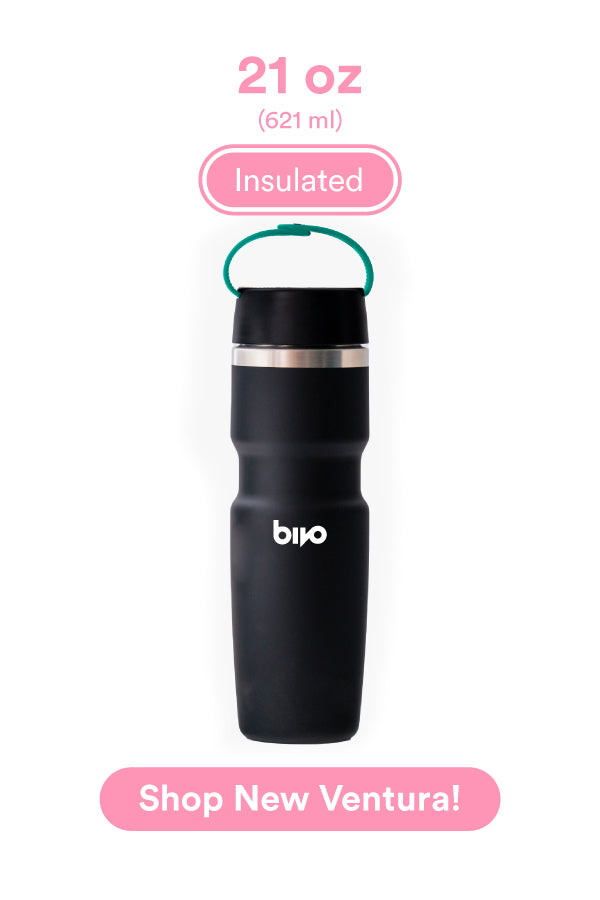
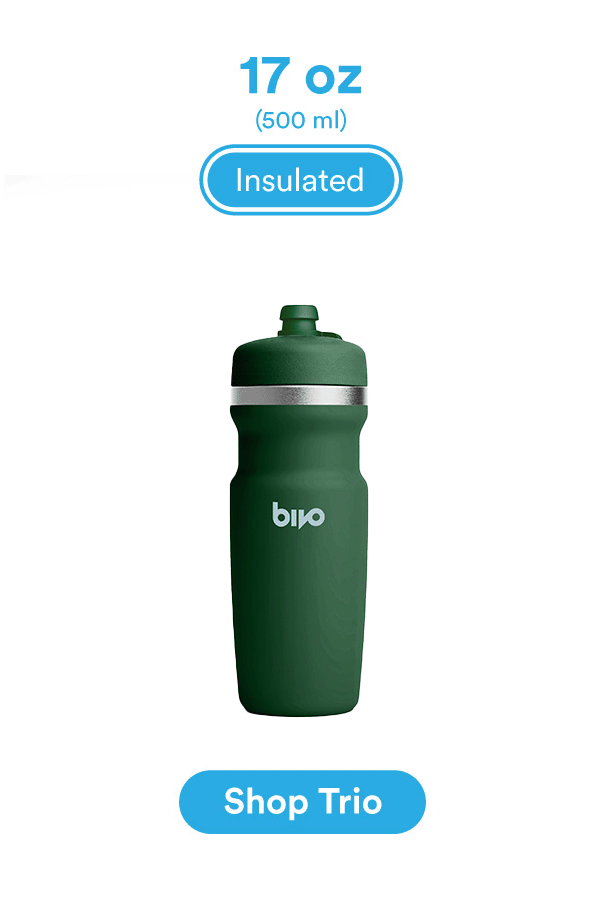
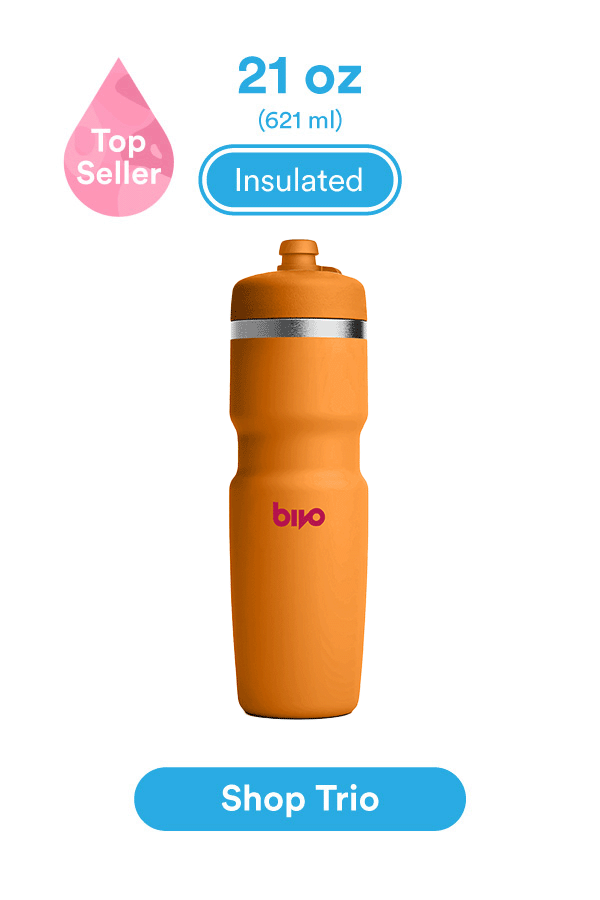

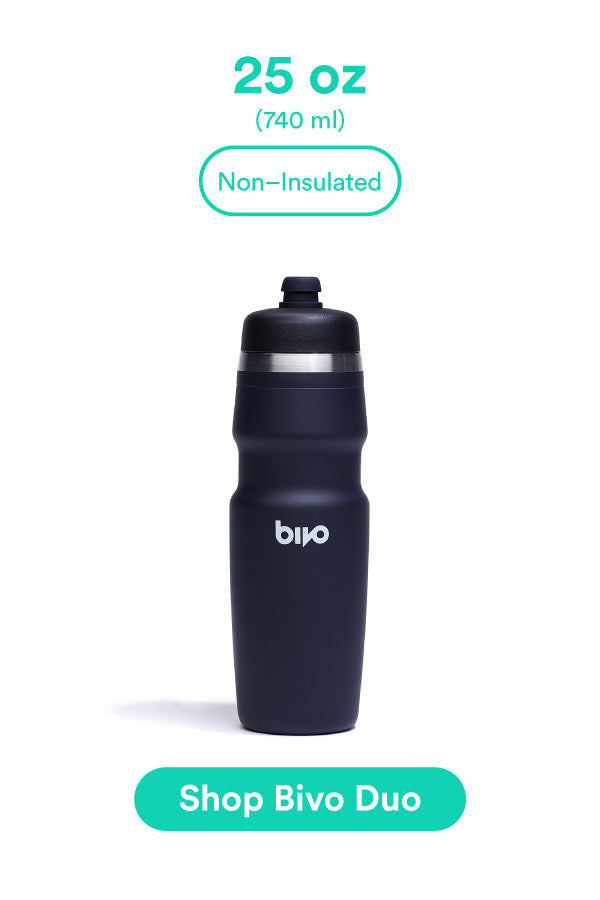
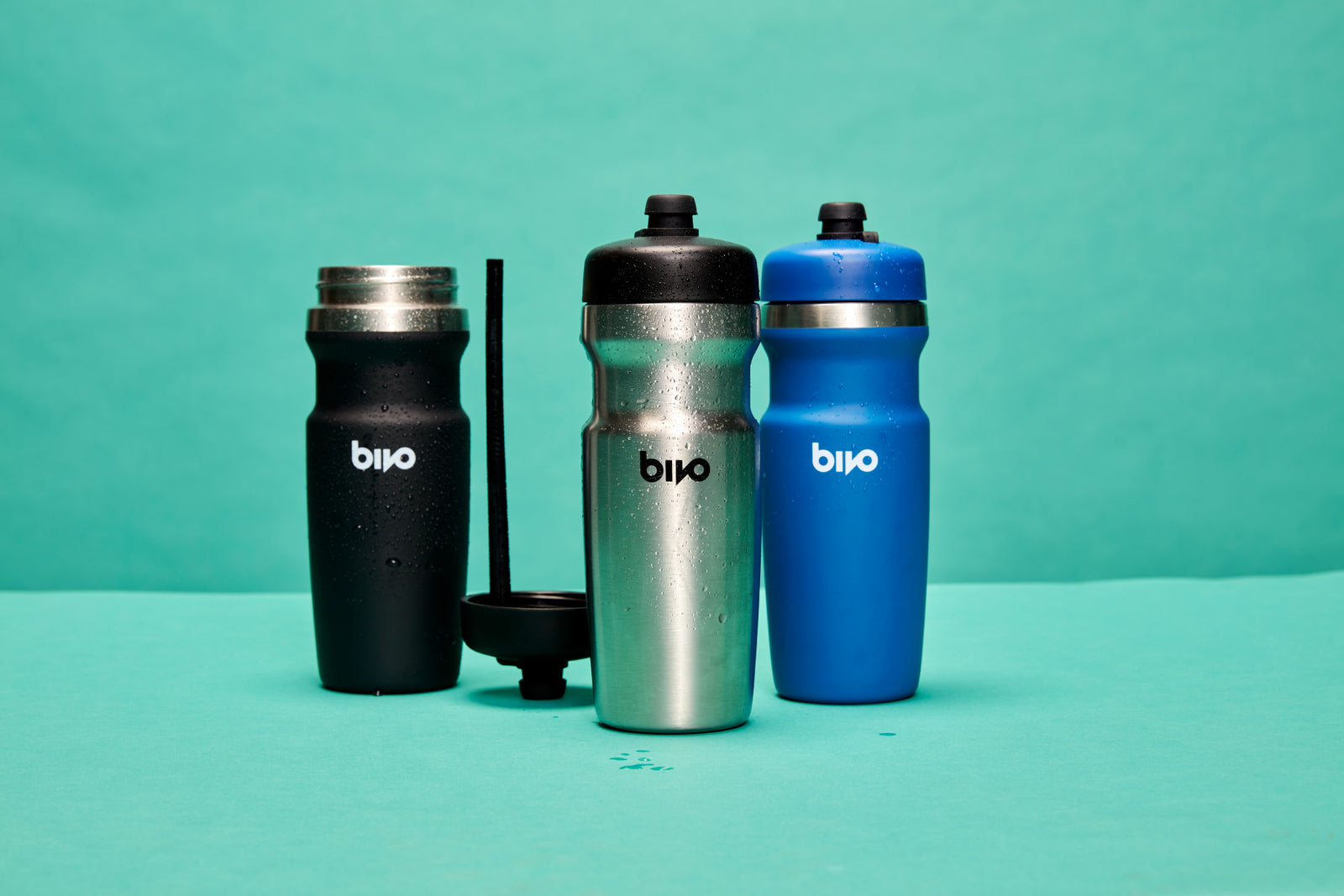

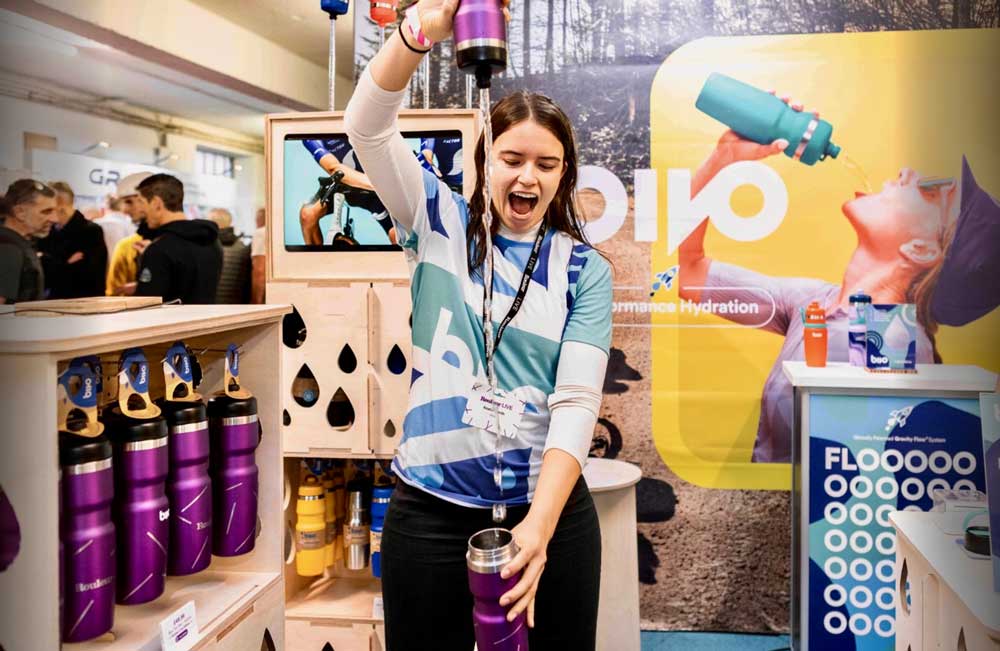

Zak Madrone
February 02, 2024
Truly want to honor your integrity and mission to put out a safe product. I have 2 bottles of your bottles they are great however now with the transparency you exemplified I am a raving fan and will now only consider your brand for my future purchases .